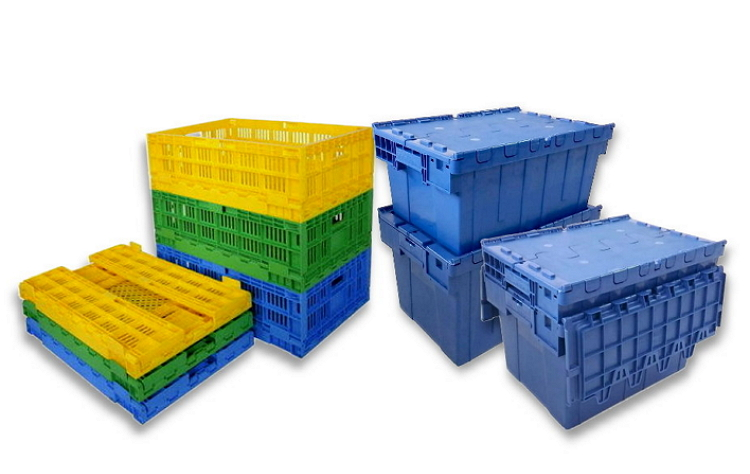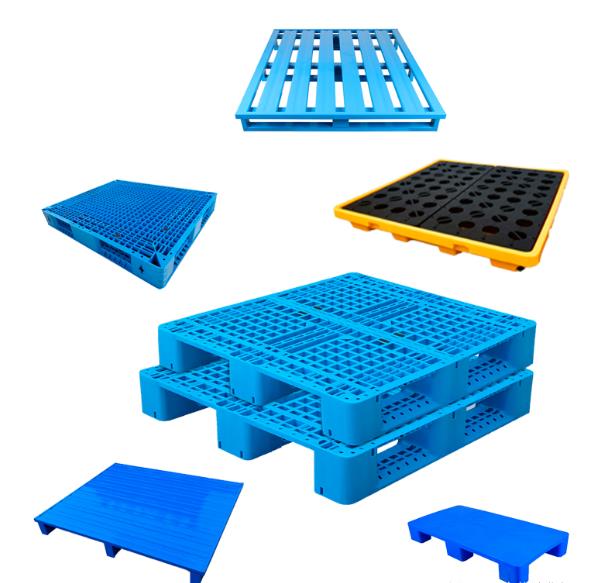Against the background of the wave of globalization and the rapid development of e-commerce, the logistics product plastic mold industry is undergoing unprecedented changes. As an important pillar of the logistics and packaging industry, the design and manufacturing of plastic molds have a direct impact on logistics efficiency and product quality. This article will delve into the current status, challenges and future trends of the plastic mold industry for logistics products.
1. Industry Overview
Plastic molds are key tools for manufacturing plastic products and are widely used in the production and packaging of logistics products. With the rapid development of e-commerce and manufacturing, the plastic mold industry for logistics products has also achieved significant growth. The market demand continues to expand and the technical level continues to improve, which has injected strong impetus into the sustainable development of the industry.
2. Technological innovation and research and development
Technological innovation is the core driving force for the development of the logistics product plastic mold industry. Cutting-edge technologies such as 3D printing technology, artificial intelligence and machine learning are increasingly used in plastic mold design and manufacturing. Through intelligent transformation, mold companies can significantly improve production efficiency and product quality, and reduce production costs. At the same time, the development of new plastic materials with high strength, lightweight, environmental protection and other characteristics is also an important direction for the development of the industry.
3. Industry challenges and countermeasures
The plastic mold industry faces many challenges, such as raw material price fluctuations, rising labor costs, and tightening environmental regulations. To deal with these challenges, companies need to take a series of measures:
A. Strengthen supply chain management and stabilize raw material prices;
B. Introduce automated production lines to reduce labor costs;
C. Raise environmental awareness and promote green manufacturing technology;
D. Optimize product design and increase product added value;
E. Strengthen international cooperation and exchanges and expand overseas markets.
4. Future trends and prospects
With the increasing awareness of environmental protection, the plastic mold industry will tend to develop recyclable and biodegradable plastic materials to reduce environmental pollution. With the help of big data, Internet of Things, artificial intelligence and other technical means, the production process can be automated and intelligent, and production efficiency and product quality can be improved. With the diversification of consumer demands, the plastic mold industry will tend to provide personalized and customized products and services to meet the differentiated needs of the market. In the context of globalization, plastic mold companies will actively participate in international competition and cooperation and expand overseas markets. At the same time, based on the market characteristics of different regions, differentiated marketing strategies are formulated to meet regional market needs. Rely on the advantages of industrial clusters to strengthen cooperation and collaborative innovation among upstream and downstream enterprises in the industrial chain to enhance the competitiveness of the entire industry. In order to meet the needs of industry development, enterprises will increase their efforts to introduce and cultivate high-quality talents and attract and retain outstanding talents by improving incentive mechanisms and training systems.
In general, the logistics product plastic mold industry is facing new development opportunities and challenges as it continues to develop and change. Enterprises need to continue to innovate to adapt to market changes and seize future development opportunities.
Post time: Feb-01-2024


